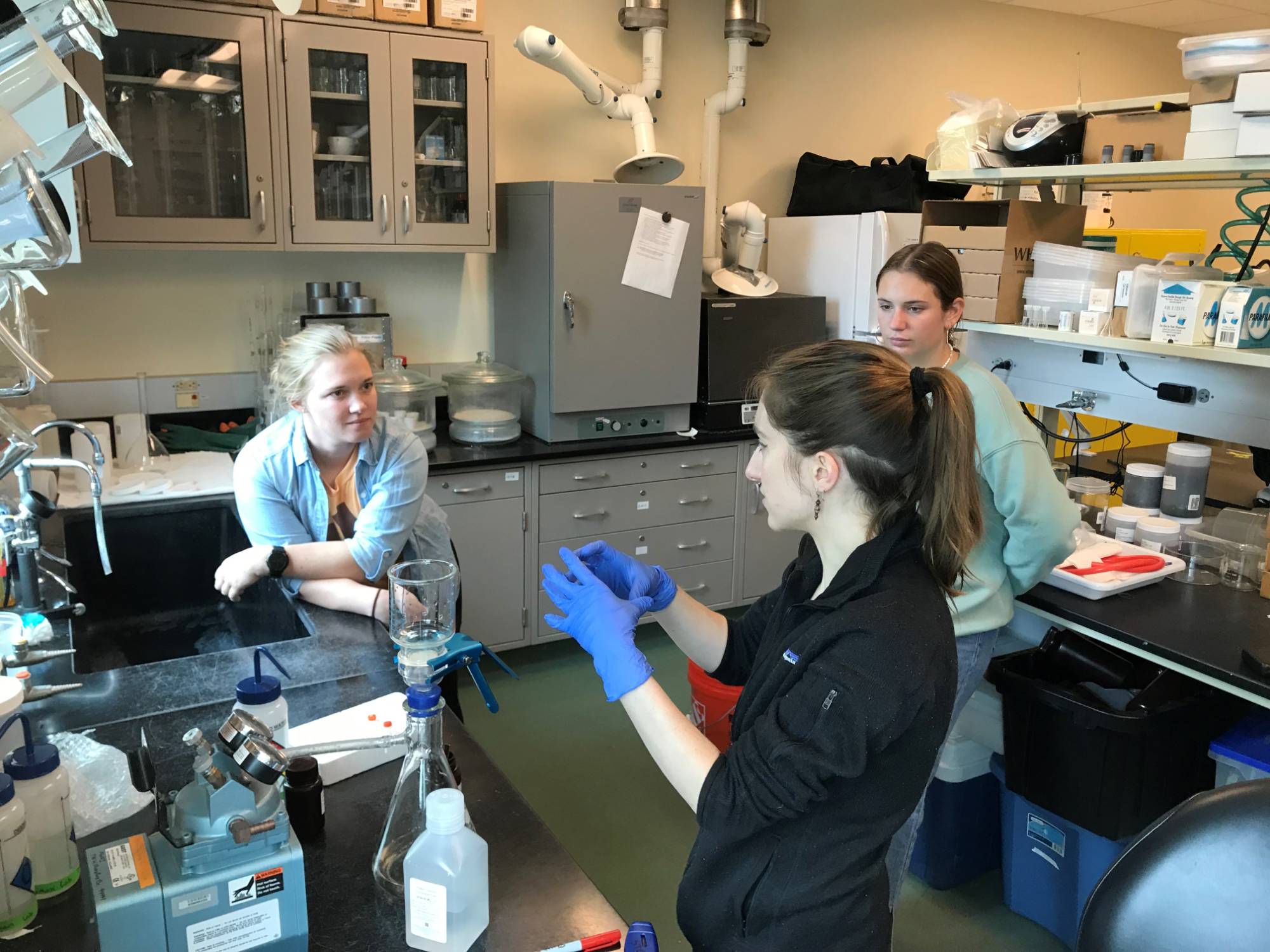Controlling HABs
Cyanobacteria blooms are occurring more frequently in freshwater bodies worldwide. Harmful cyanobacterial blooms (HABs), and the toxins they produce, are a threat to drinking- and recreational-water safety and the aquatic ecosystem. Therefore, prevention of harmful cyanobacteria blooms (HABs) is a critical concern as the demand for water resources increases. Current HAB control measures involve the addition of an algicide once the bloom has developed and these algicides are dangerous to handle, are toxic and can bioaccumulate, e.g., copper. The Steinman and Partridge Labs at AWRI are working with EPA scientists at their Cincinnati lab to test two methods to prevent HAB development, using AWRI’s mesocosm facility as a test bed.


Previously, the EPA team successfully developed a predictive model based on cyanobacterial DNA and RNA that gives a one-week warning of the start of the HAB. The early warning system uses quantitative polymerase chain reaction (qPCR) and quantitative reverse transcription PCR (RT-qPCR) measurement of multiple cyanobacteria and cyanotoxin-encoding genes of (Lu et al. 2020). This early warning system will be tested for Muskegon Lake.
In addition to the development of the early warning system for HABs, EPA scientists have tested the use of two HAB suppression molecules, hydrogen peroxide and glucose (Vesper et al. 2022). While these have been tested in small-scale experiments, their effectiveness needs to be assessed at a larger scale, such as provided in AWRI’s large-scale mesocosm facility.
Contacts
Steve Vesper, EPA Project Manager: [email protected]
Al Steinman, AWRI Project Manager, Water Quality: [email protected]
Charlyn Partridge, Genetics: [email protected]

